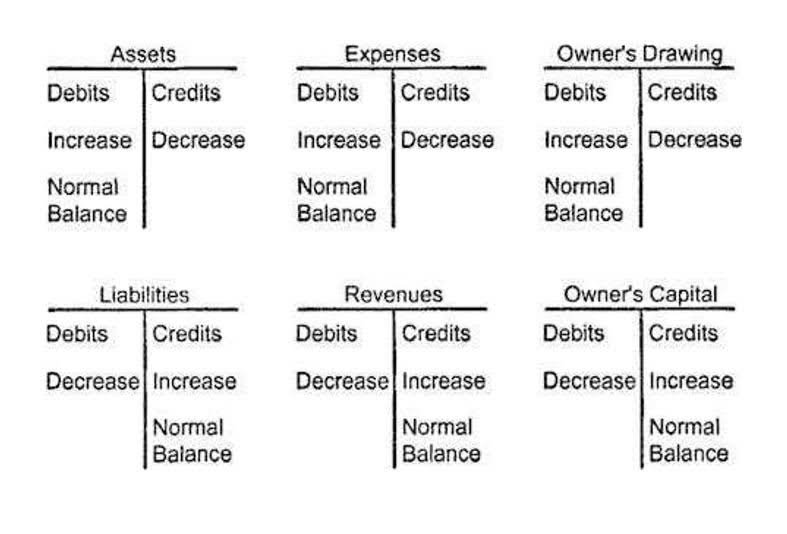
Implementing an integrated construction project management software enhances the efficiency and accuracy of cash flow projection reports. These software solutions centralize and streamline data management, enabling real-time tracking of project finances and more accurate forecasting. All team members are able to access the most up-to-date data, which is essential for reliable cash flow forecasting. The credit-heavy nature of the construction industry imposes a cash flow gap on many construction companies, who are often required to pay project costs well before they receive payment from customers. After 40 days, 20% of businesses are cash flow negative, having paid their subcontractors, suppliers, and vendors without collecting the payment necessary to cover the costs. Cash flow is the cash coming into and going out of your construction business during a specific period — and managing it well is necessary for your long-term success.
Project your cash flows
A construction company can also have positive cash flow but be unprofitable, which is why it’s important for businesses to look at several measures of financial health. Technology has an immense role to play in managing cashflow in construction projects. It not only enhances efficiency but also offers better visibility of the financial situation. Tools like cash flow for construction project excel or construction project management software can streamline processes, ensure accurate billing, and provide real-time updates on project finances. These applications often incorporate features like dashboards for monitoring cashflow, easy invoicing, and even capabilities for detailed construction cashflow analysis. To enhance cash flow management efficiency, professionals can benefit from utilizing various invoicing tools that streamline the billing process.
- Discover the 10 profit mistakes home builders often make and how to avoid them.
- Construction businesses often have to pay for the materials and labor for a project well before they expect to send out any invoices, so they may turn to loans.
- Many of these parties are of course subcontractors, with many of them reporting that they don’t get paid once the project is completed, which is obviously terrible for cash flows.
- Notably, some construction businesses can be profitable but still have negative cash flow.
- Procore is committed to advancing the construction industry by improving the lives of people working in construction, driving technology innovation, and building a global community of groundbreakers.
- Instead of paying off a bill right away, pushing the payment back closer to the due date can lessen your gaps in cash flow.
The solution: Cash flow management
- A construction company’s “quick” is often used by banks and financial institutions to gauge a construction company’s ability to repay a loan.
- It is an important business metric as it determines how much money you have on hand after you subtract your expenses (money going out) from your income (money coming in).
- Make sure you have a system for sending out invoices or payment applications promptly and regularly.
- By tracking ROI metrics such as supply, material and labor costs per contract, you can get a clear picture of profitability and supporting cash flow projections.
- Another vital aspect of managing cash flow is conducting a construction cashflow analysis.
This may include striking out pay-if-paid clauses, or adding terms that allow you to collect retainage faster. And just because you sent an invoice doesn’t mean your work is done, either. Having a process to send reminders is an important part of the invoicing process that can help you get paid faster.
How to Get Your North Carolina General Contractors License in 2024
Long-term negative cash flow can lead to a serious financial crisis for a business. Cash flow refers to the movement of money into and out of a construction construction cash flow project over a specific period of time. Effective cash flow management is crucial for the success and sustainability of construction projects.
Conditional vs. Unconditional Lien Waivers: The Difference & Why It Matters
Talk to your suppliers about how to get the best offer on the materials you need. This may include buying in larger quantities or even threatening to change suppliers to get better pricing. Make sure you are getting the best prices and the best payment terms you can from all your vendors. Even before you join a project, you have the responsibility to negotiate the best contract terms for your company.
Process change orders and variations quickly

If you know that your project sales always drop in December and January, you can make strategic moves to counter that tendency. Or, if you discover that the summer months are particularly profitable, you can get a sense of how much you need to set aside to save for the slow times. It shows how much money you actually have on hand at a certain point in time. A cash flow statement is an analysis of all the cash that came in and went out for a given period (usually one month). When the period is in the future, the report is called a cash flow projection. Past reports are good to keep around because they can help you spot trends and predict future report amounts.
- Timely and precise adjustments in the projections ensure that they accurately depict the project’s evolving financial landscape.
- Construction projects take time, and because of that, they require significant upfront costs for labor, materials and equipment….
- These clauses push the burden of late payments on to the subcontractor and provide protection for the GC.
- The financial stability of construction firms often hinges on their ability to effectively manage costs, a key factor in keeping projects within budget and securing profitability.
- And just because you sent an invoice doesn’t mean your work is done, either.
It also address the issues with using spreadsheets to do cash flow forecasting for construction projects, and gives examples of how they can be resolved with accounting software. If you are not used to having a portion of each progress payment held until the end of a job, and don’t budget accordingly, your construction company will run into cash flow issues. With average profit margins of only 5%, a 10% retention holdback means there isn’t any room to pay overhead or other expenses once payments come in. Furthermore, this focus on detail and precision aligns well with the implementation of standardized classification systems for financial management, such as MasterFormat for job costing. Utilizing a unified system ensures consistency in managing and reporting financial data.


This situation not only incurs additional financial burden but can also signal potential project schedule issues for the general contractor. It might suggest that the project isn’t progressing as expected, indicating a need to reassess and potentially adjust the project timeline to align with the original schedule. This management is key to keeping project schedules on track, as lack of funds can cause significant disruptions. Timely payments to subcontractors and suppliers are vital for maintaining good relationships, ensuring cooperation, smooth project execution and the delivery of high-quality work. Contractors can have a really hard time with https://www.bookstime.com/ because their outlays can be huge.

Having a consistent cash flow ensures you’re able to more accurately plan resources around anticipated expenses, without always playing catch-up on previous bills. Construction cash flow is the lifeblood for any business in this industry. Project timelines are dependent on the health of a construction company’s payment processes. But in the construction industry, it’s especially vital — especially when you go to apply for construction loans or other small business loans.
